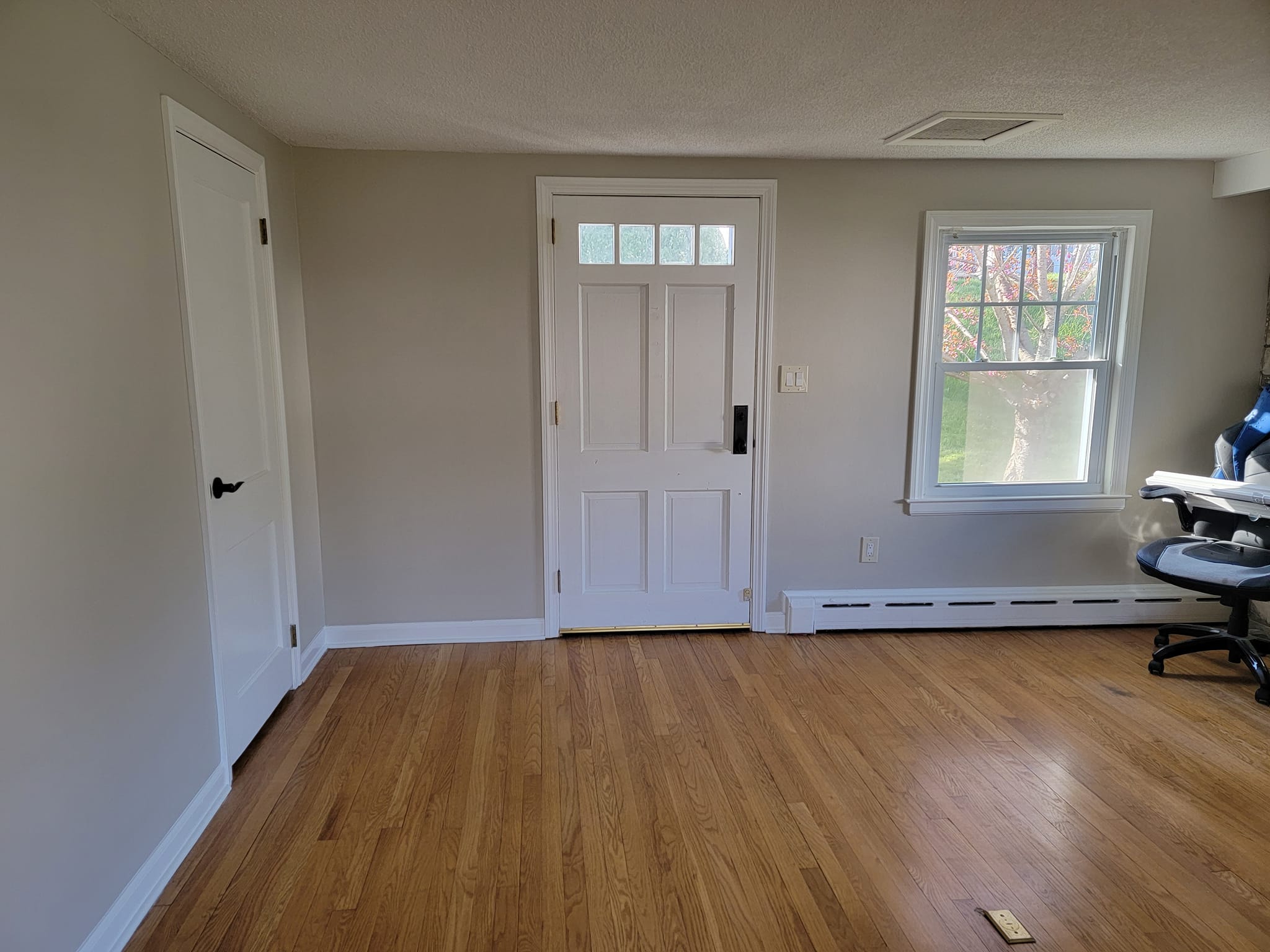
The Ultimate Guide to Choosing the Perfect Exterior Paint for Your Home Sep 06, 2025
Firstly, consider the climate in your area. It's imperative to choose an exterior paint that can withstand local weather conditions. If you're in a humid region, mildew-resistant paints are a great option. On the other hand, homes in sunny areas will benefit from fade-resistant colors that withstand intense sunlight. The right type of paint will minimize the frequency of repainting, saving you time and money in the long run.
Next, think about the architectural style of your home. Certain colors complement specific architectural designs better than others. Traditional homes often look best with classic color schemes such as whites, creams, and grays. In contrast, more modern homes can pull off bolder hues. It's beneficial to consider what colors have historically been used for your home’s style to maintain a cohesive and complementary appearance.
Surface material is another critical factor in selecting exterior paint. Various materials like wood, brick, and vinyl each have paint requirements. Applying the wrong kind of paint can lead to peeling, chipping, and a less durable finish. Ensure you're choosing a paint formulated for your specific surface to maximize adhesion and longevity.
Color selection is where homeowners can let their personal style shine, yet it often comes with its own set of decisions. Always test a small area before committing to a full paint job. Lighting conditions, both natural and artificial, can significantly alter the appearance of a paint color. Test samples at different times of the day to see how the colors change with the light.
Keep in mind the importance of quality. Higher quality paints may have a higher upfront cost but offer increased longevity and better performance. These paints typically provide excellent coverage, resist wear, and offer superior protection against environmental factors. Investing in quality paints ultimately leads to fewer touch-ups and extended periods between painting.
It is also valuable to consider the impact of exterior paint on your home’s value. Exterior colors that enhance the style and curb appeal of your home can increase its market value, especially when planning to sell your property.
Finally, eco-friendliness is an increasing priority for many homeowners. Low-VOC or zero-VOC paints reduce harmful emissions and improve air quality, both during application and over the life of the paint. Opting for environmentally conscious products benefits your health and contributes to environmental sustainability.
In conclusion, selecting the perfect exterior paint involves evaluating climate, architecture, surface material, personal color preferences, paint quality, and eco-friendliness. By considering these factors, you can ensure that your home's exterior is both aesthetically pleasing and resilient. At Custom Touch Home Improvement, we are committed to helping you make informed decisions that enhance and protect your home for years to come. Make your next exterior paint job a success by consulting with our experts and choosing the ideal paint tailored to your needs.
/filters:no_upscale()/media/c1a54568-c06a-4678-9614-a8ec8f95e281.jpg)